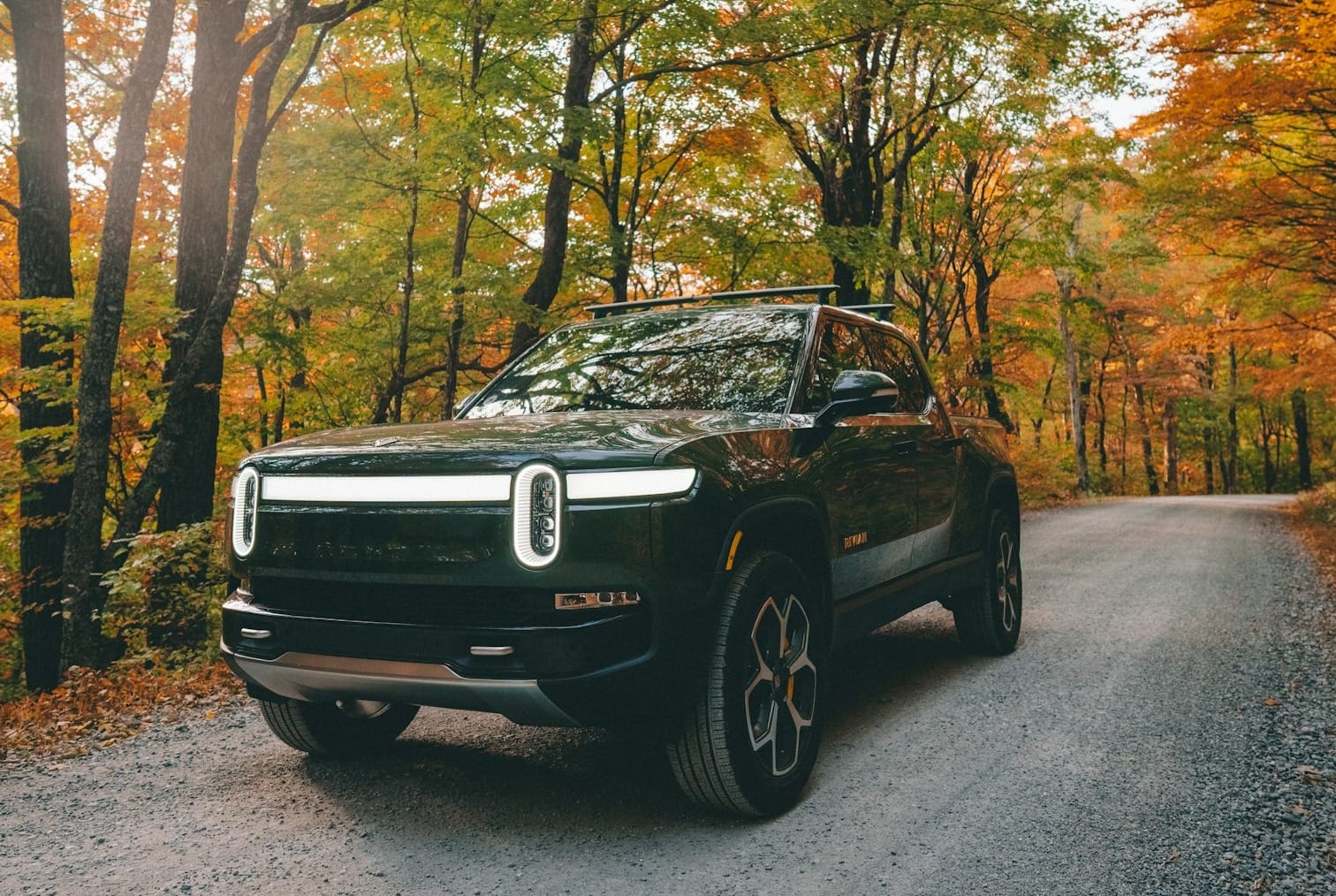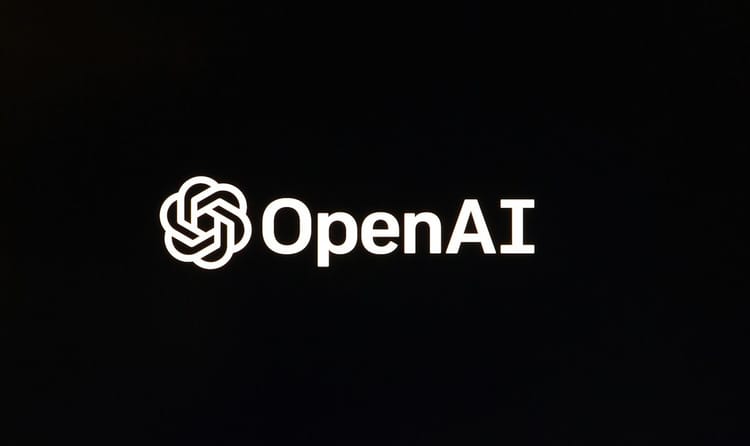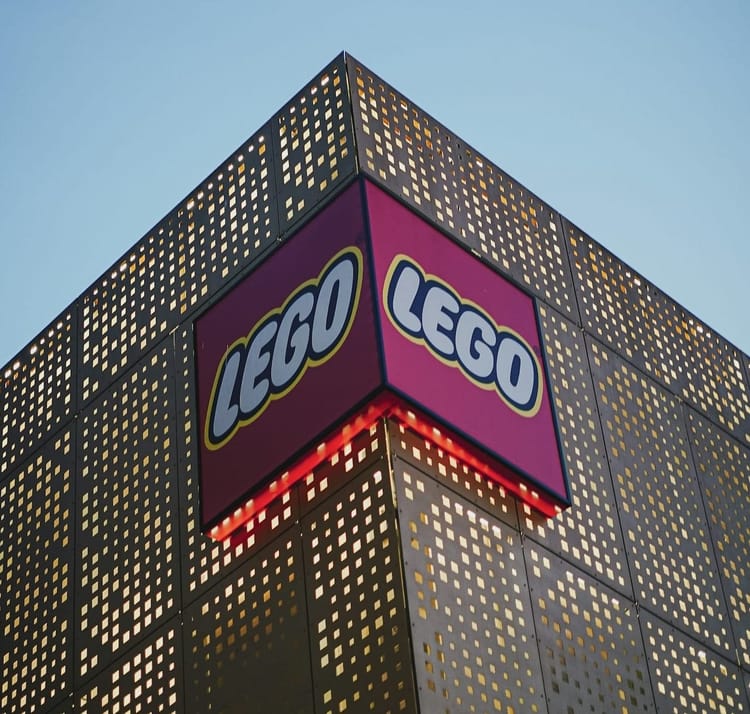Rivian: EV Exploration

Electric vehicles weren’t new in the early 2010s, but they were predictable. Most carmakers were zeroed in on sleek city sedans, betting that electrification would first appeal to commuters in major metro areas. Few imagined a future where an electric truck could climb mountains or camp off-grid for days. But in that wide-open frontier of possibility, one company quietly got to work.
Before Rivian ever unveiled a prototype, before it raised billions in venture funding, and long before it went public with one of the largest IPOs in American automotive history, it was just a quiet garage project fueled by one man’s frustration with the industry’s complacency.
RJ Scaringe wasn’t born into Detroit royalty, nor did he come from a startup pedigree. He was a gearhead from Florida with a deep love for cars—particularly classic restorations. As a teenager, he spent his free time rebuilding vintage Porsches with his father. But as he learned more about the environmental impact of internal combustion engines, his admiration for cars became conflicted. He loved driving, but hated what traditional automakers were doing to the planet.
This conscience conflict didn’t just frustrate him; it sparked a mission. After earning an engineering degree from Rensselaer and a PhD from MIT’s Sloan Automotive Lab, Scaringe set out to build something entirely new. In 2009, he quietly founded Mainstream Motors, which would soon be renamed Rivian—a name inspired by the Indian River near his childhood home. The goal? Reimagine vehicles for adventurous, eco-conscious drivers.
But Scaringe didn’t rush into the spotlight. In fact, Rivian spent nearly a decade in stealth mode, flying under the radar while dozens of flashier EV startups tried to grab headlines. Instead of launching with vaporware, Rivian took an extremely patient approach: quietly hiring world-class engineers, developing proprietary tech from scratch, and rethinking the very architecture of a vehicle.
This wasn’t iteration. It was reinvention.
For almost ten years the company focused obsessively on laying the foundation for a long-lasting brand. This meant designing its own “skateboard” platform: a modular chassis housing the battery pack, suspension, motors, and all drive components. It was a flexible base that could support multiple vehicle types—allowing Rivian to scale intelligently when the time came.

Quality
In business, quality isn’t just about the end product—it’s about the intention behind every decision. Rivian understood this from the start. The company spending nearly a decade in stealth mode is a rare kind of restraint especially in a startup environment where speed is often mistaken for progress. But Rivian’s approach teaches an important lesson: building something meaningful takes time. By prioritizing deep R&D and thoughtful engineering before ever unveiling a vehicle, Rivian positioned itself not just as another EV startup, but as a serious contender with long-term staying power. Quality, after all, isn’t just built—it’s earned.
Why spend ten years in silence? Because unlike startups chasing early market share, Rivian was playing a long game. They weren’t just trying to build a car; they were trying to reshape how people thought about where electric vehicles could go. Instead of chasing commuters, Rivian would pursue campers, climbers, kayakers, and trail-seekers.
By the time Rivian came up for air and revealed its R1T pickup and R1S SUV at the 2018 LA Auto Show, it wasn’t just unveiling a product. It was introducing an entire lifestyle.
Rivian made a strategic move in 2017 and acquired a dormant Mitsubishi factory in Normal, Illinois. While rivals were still looking for space, Rivian was retrofitting its own plant. The bet was that vertical integration would pay off—allowing the company to maintain control over quality and production as it grew.
Proactive
Rivian’s decision to purchase the Mitsubishi factory in Illinois wasn’t just a real estate move but a proactive strategy that speaks to the power of long-term thinking in business. Rather than outsourcing production or waiting until demand forced their hand, Rivian invested early in its own manufacturing infrastructure. This allowed the company to control quality, streamline innovation, and scale on its own terms. The broader lesson is Owning key parts of your operation can create leverage and stability when it matters most. In an industry known for supply chain chaos and contract manufacturing delays, Rivian’s foresight gave it a critical edge and serves as a reminder that smart businesses don’t just react to growth; they build for it.

It wasn’t just smart infrastructure that gave Rivian momentum. In 2019, the startup secured strategic investments that would change its trajectory. Amazon led a $700 million round and placed a blockbuster order for 100,000 custom electric delivery vans. Later that year, Ford invested $500 million, recognizing the potential in Rivian’s tech. These weren’t just investors. They were future customers, partners, and validators. The relationships gave Rivian credibility, stability, and scale.
When the R1T officially launched in 2021, it made history as the first all-electric pickup truck on the market. But this wasn’t a niche utility vehicle—it was a flagship for the brand’s ethos. It boasted over 300 miles of range, serious off-road capabilities, and clever features like a gear tunnel and camp kitchen. Everything about the design screamed adventure—proof that Rivian was building for a specific kind of driver, not the masses.
This is where Rivian’s brand strategy shined. Instead of trying to beat Tesla at luxury or General Motors at scale, it narrowed its focus and leaned into an underserved customer base. Early adopters became loyal evangelists, and the company’s lifestyle-first identity gave it room to stand out in a noisy space.

Later that year, Rivian went public in one of the largest IPOs in U.S. history. Valued at over $85 billion, the company briefly outpaced Ford in market cap. Of course, no meteoric rise comes without turbulence. Post-IPO, Rivian faced the difficult transition from prototype to mass production. Global chip shortages, labor constraints, and the complex logistics of manufacturing at scale slowed deliveries. Investors grew cautious as targets had to be revised and cost rose.
But Rivian’s story was never about speed for the sake of speed. It had always been about getting it right. Backed by Amazon and buoyed by strong brand equity, Rivian doubled down on operations, investing in its Illinois factory, expanding its delivery network, and continuing to refine its technology.
Crucially, it maintained its focus. The company resisted the temptation to diversify too quickly or chase short-term gains. Its flagship products remained central, and its design DNA stayed intact.
Rivian's value of long-term patience allowed the company to focus on product-market fit before shouting from rooftops and their strategic partnerships were not just for money but for momentum. Rivian didn’t try to outgun the giants on their turf—it carved out its own.

As of 2025, Rivian continues to scale. Deliveries are increasing, the Amazon van partnership is rolling out, and new products are in the pipeline. The company faces fierce competition from legacy automakers and newer startups alike. But Rivian has what many don’t: a playbook and a head start in an overlooked corner of the market.
Works Cited
- The New York Times: “Rivian IPO Values Electric Vehicle Maker at Over $85 Billion”
https://www.nytimes.com/2021/11/10/business/rivian-ipo-stock.html - TechCrunch: “Amazon orders 100,000 electric delivery vans from Rivian”
https://techcrunch.com/2019/09/19/amazon-orders-100000-electric-delivery-vans-from-rivian/ - CNBC: “How Rivian went from stealth mode to $100 billion IPO”
https://www.cnbc.com/2021/11/11/rivian-founder-rj-scaringe-on-the-ev-startups-rise.html - Reuters: “Ford Invests $500 Million in Rivian”
https://www.reuters.com/article/us-ford-rivian-idUSKCN1S91R2 - The Verge: “Rivian R1T Review: The First Electric Pickup Is Here”
https://www.theverge.com/22767888/rivian-r1t-electric-truck-review-ev




